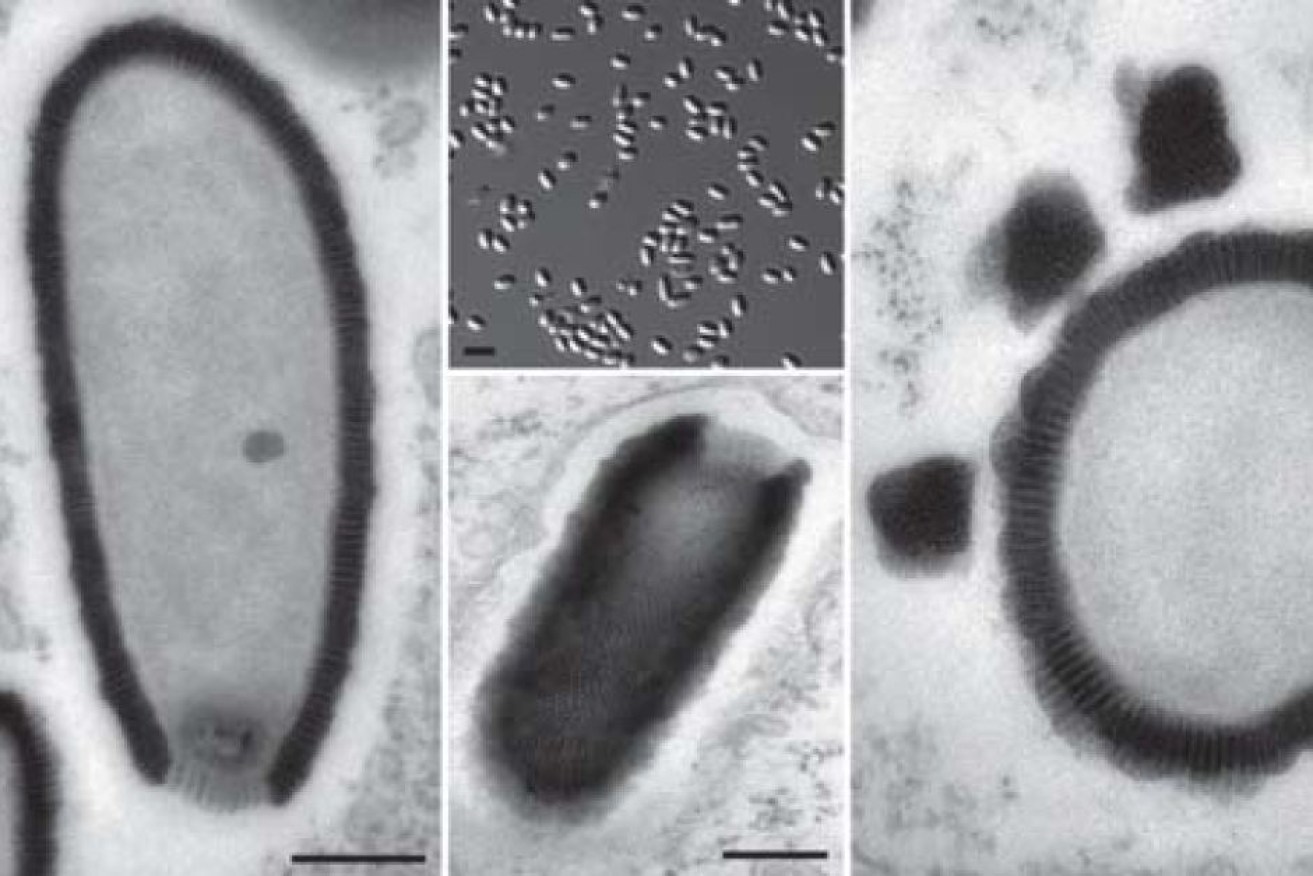Ancient virus emerges from frozen Siberia

PNAS: Matthieu Legendre et al
Scientists say they will reanimate a 30,000-year-old giant virus unearthed in the frozen wastelands of Siberia, and have warned climate change in the Arctic and sub-Arctic regions could awaken dangerous microscopic pathogens thought to be eradicated.
Reporting this week in the flagship journal of the United States National Academy of Sciences, French researchers announced the discovery of Mollivirus sibericum, the fourth type of pre-historic virus found since 2003 – and the second by this team.
Before waking it up, researchers will have to verify that the bug cannot cause animal or human disease.
• Lifelong flu vaccine in sight
• Aussies forced to pay in computer virus scam
• This breakthrough could help to eradicate Ebola
To qualify as a “giant”, a virus has to be longer than half a micron, a thousandth of a millimetre.
Mollivirus sibericum – “soft virus from Siberia” – comes in at 0.6 microns, and was found in the permafrost of north-east Russia.
Climate change is warming the Arctic and sub-Arctic regions at more than twice the global average, which means permafrost is not so permanent any more.
“A few viral particles that are still infectious may be enough, in the presence of a vulnerable host, to revive potentially pathogenic viruses,” one of the lead researchers, Jean-Michel Claverie, said.
The regions in which the giant microbes have been found are coveted for their mineral resources, especially oil, and will become increasingly accessible for industrial exploitation as more of the ice melts away.
“If we are not careful, and we industrialise these areas without putting safeguards in place, we run the risk of one day waking up viruses such as smallpox that we thought were eradicated,” Mr Claverie said.
In safe laboratory conditions, Mr Claverie and his colleagues will attempt to revive the newly discovered virus by placing it with single-cell amoeba, which will serve as its host.
Mr Claverie, who runs a lab at France’s National Centre for Scientific Research (CNRS), and a team discovered another giant virus which they called Pithovirus sibericum, at the same location in 2013, then managed to revive it in a petri dish.
Unlike most viruses circulating today, and to the general astonishment of scientists, these ancient specimens dating from the last Ice Age are not only bigger, but far more complex genetically.
M. sibericum has more than 500 genes, while another family of giant virus discovered in 2003, Pandoravirus, has 2,500.
The Influenza A virus, by contrast, has eight genes.
In 2004, United States scientists resurrected the notorious “Spanish flu” virus, which killed tens of millions of people, in order to understand how the pathogen was extraordinarily so virulent.
The researchers flew to Alaska to take frozen lung tissues from a woman who was buried in permafrost.
By teasing genetic scraps out of these precious samples and from autopsy tissues stored in formalin, the team painstakingly reconstructed the code for the virus’ eight genes.
The work was done in a top-security lab at the US Centres for Disease Control and Prevention (CDC).







